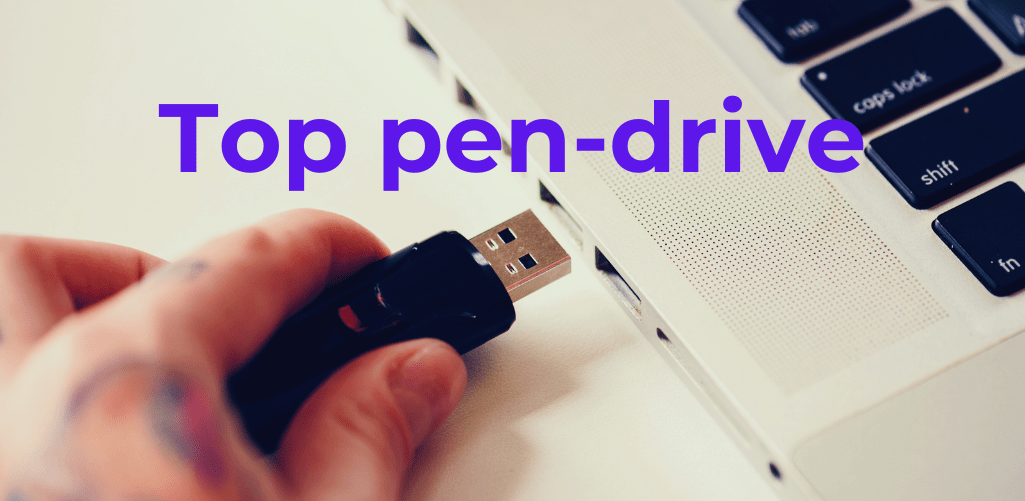
The need for portable and dependable data storage has grown more important in the digital era of today. Now enter the PNY pendrive, a small and adaptable fix that has transformed data storage and transfer. Particularly the PNY 16GB Attaché 3 USB 2.0 Flash Drive, PNY pendrives have become an invaluable tool for professionals, students, and tech aficionados. These little but mighty devices are a must-have item in our linked world since they provide the ideal mix of portability, durability, and usefulness. We will explore the features, advantages, and several uses that set PNY pendrives apart in the saturated market of portable storage solutions in great detail in this all-inclusive guide.
The Evolution of Portable Storage
From Floppy Disks to Flash Drives
The path taken by portable storage devices has been amazing. Understanding the development of portable storage can help one to value the creativity behind PNY pendrives:
Introduced in the 1970s, floppy discs were the first pioneers of portable storage. Originally measuring 8.5-inch, they gradually dropped to 5.25-inch and lastly to the more recognized 3.5-inch scale. But when file sizes rose, their fragility and low storage capacity—usually 1.44MB for the 3.5-inch model—made them obsolete.
Introduced in 1994, Zip drives presented quicker transfer speeds than floppy discs and more capacity—initially 100MB, subsequently up to 750MB. Still somewhat heavy, they needed certain technology to read and write data, though.
Optical media first gained popularity in the late 1990s and early 2000s with CD-R and DVD-R. Whereas DVDs could hold 4.7GB or more, CDs could hold up to 700MB. Although they provided notable capacity increases, they needed certain drives to access and write data and were prone to scratches.
The early 2000s saw the arrival of USB flash drives, which fundamentally changed portable storage technologies. These little, robust tools provided plug-and-play convenience, higher transfer speeds, and growing storage capacity.
The Rise of PNY Technologies
Founded in 1985, PNY Technologies has been a leading edge in memory and storage technologies for decades. The company’s path in the portable storage space is interesting:
Early years: PNY first concentrated on DRAM modules for desktop computers and laptops.
PNY saw the promise of flash memory technology as it evolved and started building USB flash drives.
PNY constantly enhanced its flash drive products, bringing quicker USB standards, more capacity, and more robust designs along with faster improvements in diversity.
The launch of the Attaché Series—which includes the well-liked 16GB Attaché 3 USB 2.0 Flash Drive—confirmed PNY’s leadership in the portable storage space.
PNY 16GB Attaché 3 USB 2.0 Flash Drive: A Closer Look
Product Specifications
One of the best illustrations of the company’s dedication to quality and utility is the PNY 16GB Attaché 3 USB 2.0 Flash Drive Let’s review its main features:
Capacity: 16GB of storage capacity
Interface: USB 2.0 backward compatible with USB 1.1
Read speed—up to 10MB/s
Write speed: Between 3MB/s
Dimensions: 2.25″ x 0.75″‘ x 0.37″‘; weight: 0.32 ounces
Tone: Black
Ten Count: One Pack Size
Design and Build Quality
The PNY Attaché 3 distinguishes itself from numerous rivals with a neat and useful design:
The small form factor makes it simple to carry in a pocket, bag, or even on a keychain.
The drive has a sliding cap mechanism, which shields the USB connector while not in use, therefore removing the need for a separate cap that might be readily lost.
Designed with a strong plastic housing, the Attaché 3 is engineered to resist daily use pressures.
A little loop at the drive’s end lets you quickly connect lanyards or keychains, therefore improving portability.
- Minimalist Aesthetics: Its black hue and straightforward form fit both personal and business environments.
Performance and Compatibility
Although the PNY Attaché 3 is not the quickest drive available on the market, for its class it provides dependable performance:
For typical daily use, USB 2.0 Interface offers sufficient performance with read rates up to 10MB/s and write speeds up to 3MB/s.
The drive guarantees broad compatibility between many devices by working perfectly with older USB 1.1 connections.
On most operating systems, including Windows, macOS, and Linux, standard use calls for no drivers.
The drive comes pre-formatted in FAT32, which lets most systems be compatible out-of-the-ordinary.
